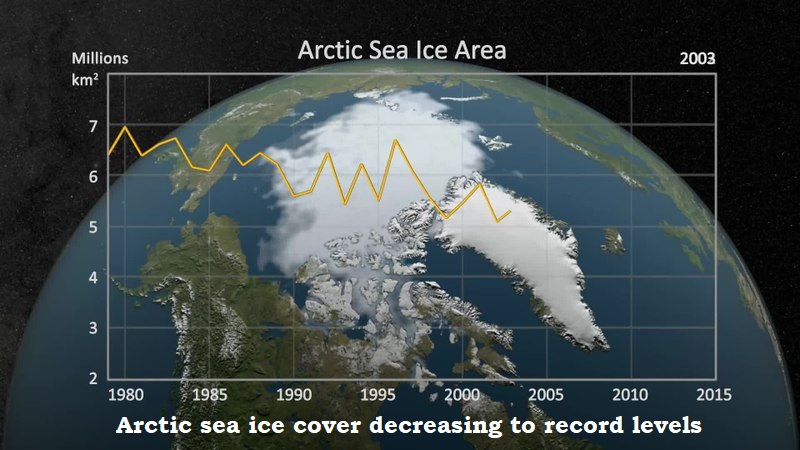
As climate change worsens the situation, the Arctic is warming at an alarming rate. Since it achieved its yearly minimum extent on September 18, the region has already seen the tenth-lowest summer ice extent in 2022.
This year’s ice cover is only 4.67 million square kilometres, which is around 1.55 million square kilometres less than the average for the period between 1981 and 2010. It was 6.22 million square kilometres on average.
According to NASA, sea ice extent is the whole area where there is at least a 15% concentration of ice.
This year’s ice cover is only 4.67 million square kilometres, which is around 1.55 million square kilometres less than the average for the period between 1981 and 2010. The average minimum was 6.22 million square kilometers.
According to NASA, sea ice extent is the whole area where there is at least a 15% concentration of ice.
The summer ice extent in and around the Arctic Ocean has dramatically decreased, according to NASA, which monitors the ice cover using satellites. The 10 lowest statistics in 44 years of observations, it said, have all been recorded within the last 16 years, with 2022 tying 2017 and 2018 for the lowest ranking.

Post Your Comments